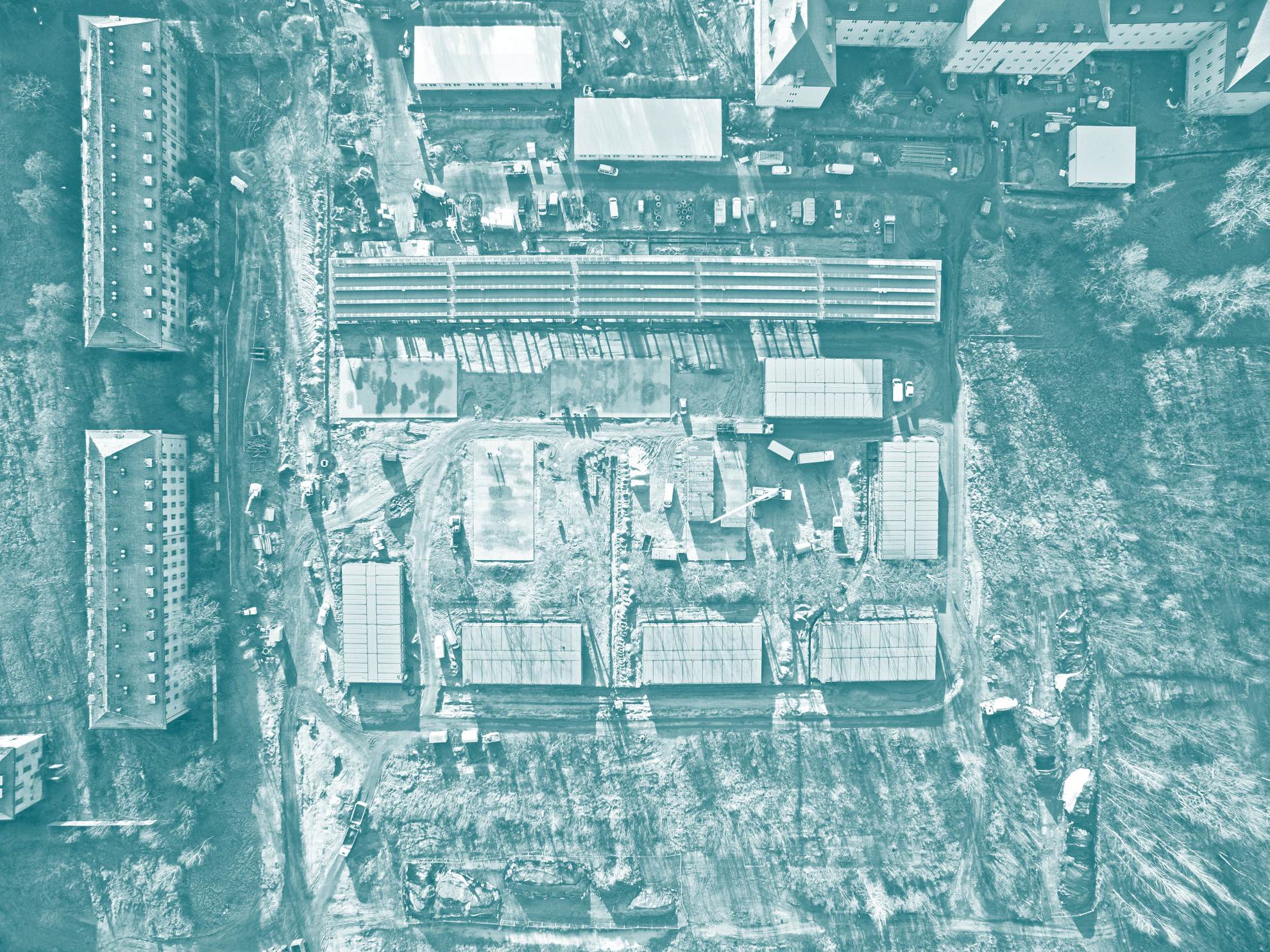18 June 2021 11:20 Post/Colonial Place-Making
Processes and Politics of Representation: The Image of Railway Architecture in 19th-Century Bombay
Shraddha Bhatawadekar (BTU Cottbus-Senftenberg)
The creation of railways and railway architecture in the 19th-century India was a complex process, influenced by a number of developments at local, national and international levels. This paper probes into the role of different actors and events in shaping railway architecture in colonial India. It focuses on a case study of Victoria Terminus (now Chhatrapati Shivaji Maharaj Terminus), a railway station located in Bombay (now Mumbai) to show the interplay of authority in decision-making in the station’s construction. Built as the principal railway terminus and headquarters for the Great Indian Peninsula Railway Company, Victoria Terminus, and especially its grand neo-Gothic administrative headquarters, has come to represent the central building of the British Empire. This paper, however, demonstrates how the image-making through architecture was a heterogeneous process and a product of negotiations involving multiple actors. Using archival research, it investigates how the relations between the governing institutions at the national and the local levels, the interests of the railway company, and those of professionals such as the architect impacted how Victoria Terminus came to be designed and signified.
The paper also looks at the role of the local Indian elite and media in Bombay in influencing this process. It further situates the discussion within the larger architectural and railway discourse of the 19th century as well as the global processes of technology transfer and knowledge circulation that characterized this period. It further examines the effects of this architecture on the local population. This discussion also provides insights into how these hegemonic processes, from the start of construction, have continued to shape our understanding of heritage at the terminus even today.
Shraddha Bhatawadekar is affiliated with the DFG Research Training Group 1913 at the Brandenburg University of Technology, Cottbus-Senftenberg, Germany. In her PhD research, she is investigating how the cultural significance of railway heritage is shaped, with a focus on Chhatrapati Shivaji Maharaj Terminus, a World Heritage Site located in Mumbai. She has a Master’s degree in Ancient Indian History, Culture and Archaeology and more than a decade of international work experience in the field of heritage conservation, management and education.
